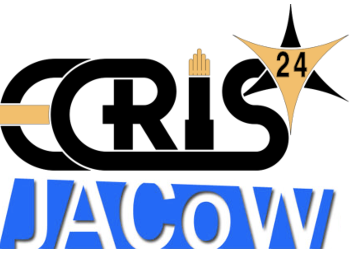Speaker
Description
Over the past three decades a portion of the accelerated beam time at the Argonne Tandem Linac Accelerator System (ATLAS) has been reserved for ultra-sensitive detection of argon radioisotopes. A unique noble-gas accelerator mass spectrometry (NOGAMS) technique [*] at ATLAS combines electron cyclotron resonance ion source (ECRIS) positive ion production, acceleration up to ~6 MeV/u and detection methods for separating isobars and other m/q contaminants. The ECR3 ion source was chosen for such experiments due to the limited scope of material introduced into the plasma chamber, inferring a lower background production compared to ECR2. A recent ³⁹⸴⁴²Ar NOGAMS experiment has highlighted a need to understand the beam production of material that is no longer being actively introduced into the ECRIS, known as memory effect. A quantitative study of source memory was performed to determine the decay characteristics of argon in the ECR3 ion source. Results of this study as well as details of setup and operation of ECR3 for NOGAMS experiments are presented.
Footnotes
- M. Paul et al., Nucl. Instr. and Methods in Phys. Research B 456, 222 (2019), http://dx.doi.org/10.1016/j.nimb.2019.04.003
Funding Agency
This work was supported by the U.S. Department of Energy, Office of Nuclear Physics, under Contract No. DE-AC02-06CH11357.
| I have read and accept the Privacy Policy Statement | Yes |
|---|

